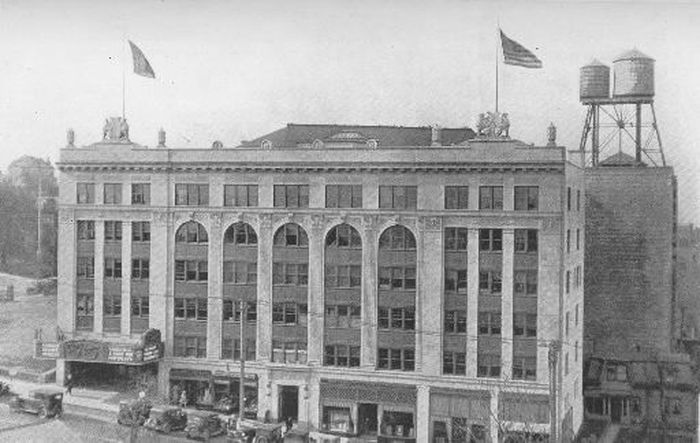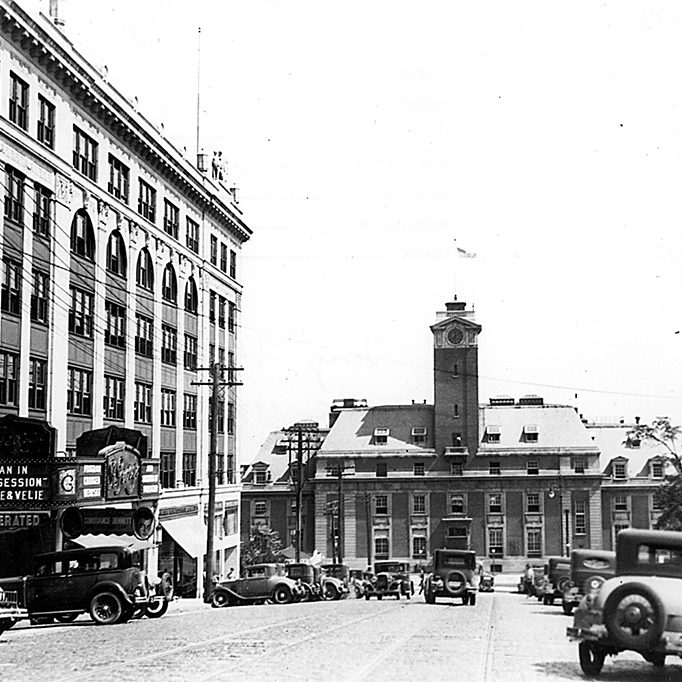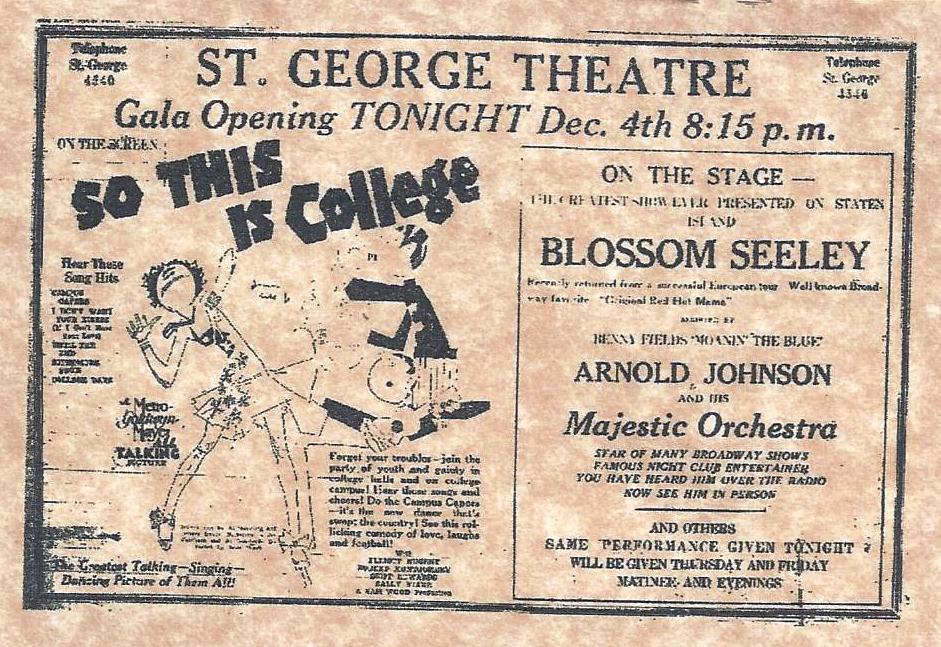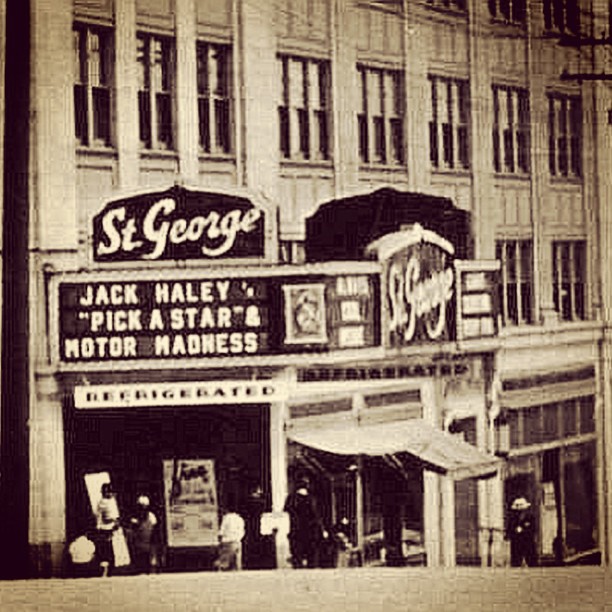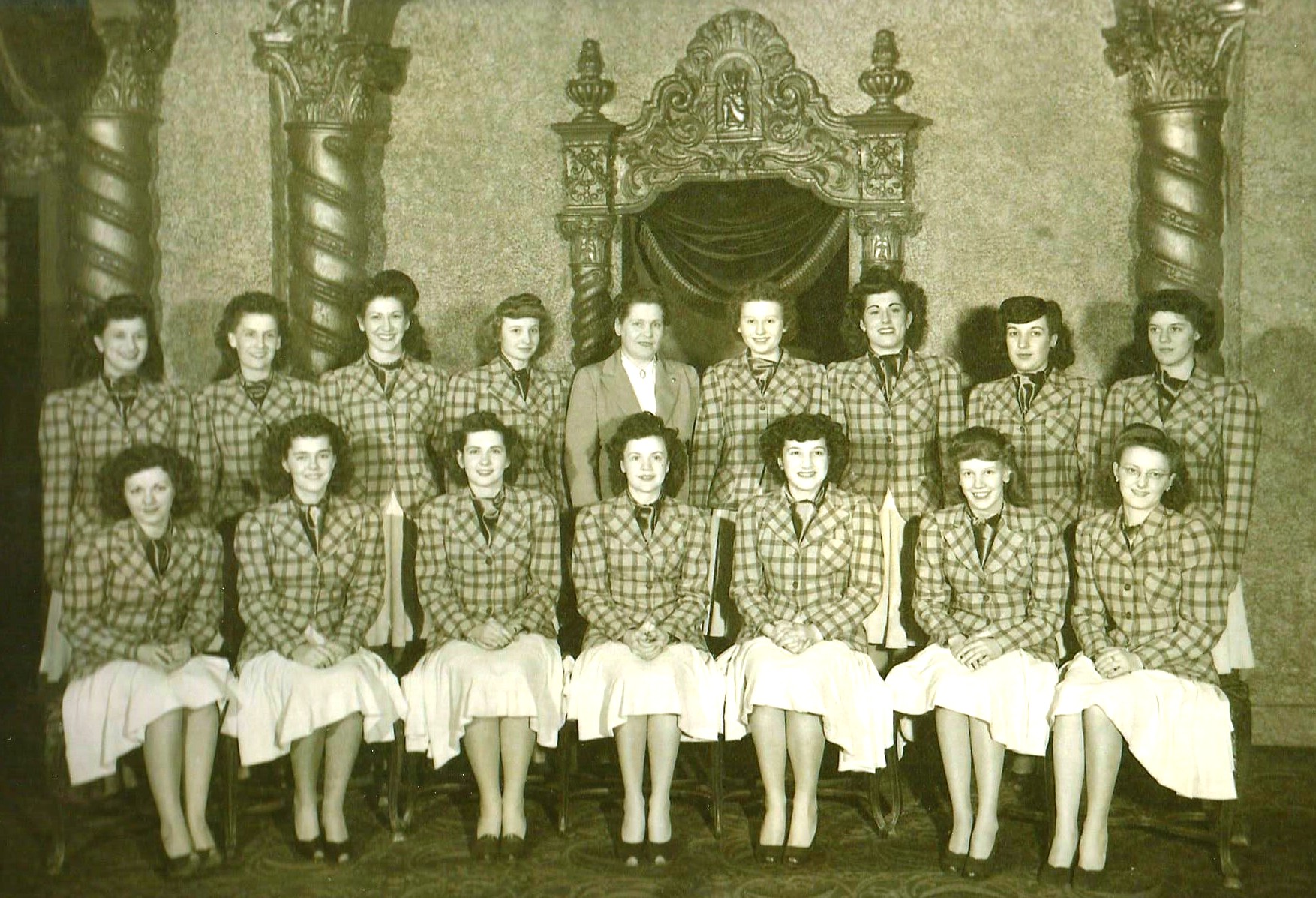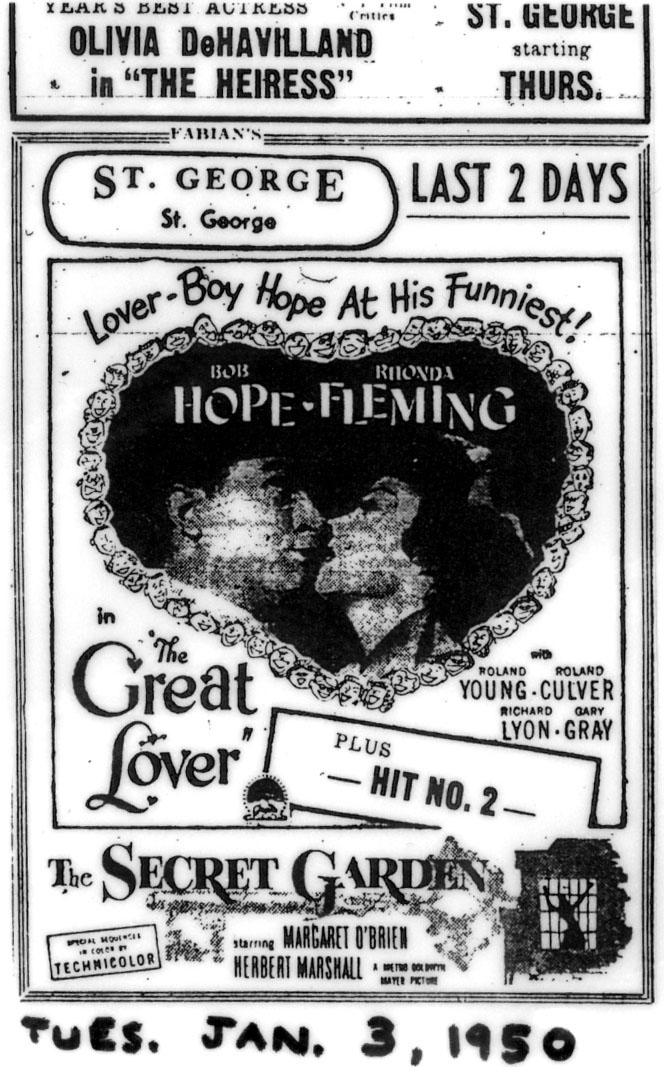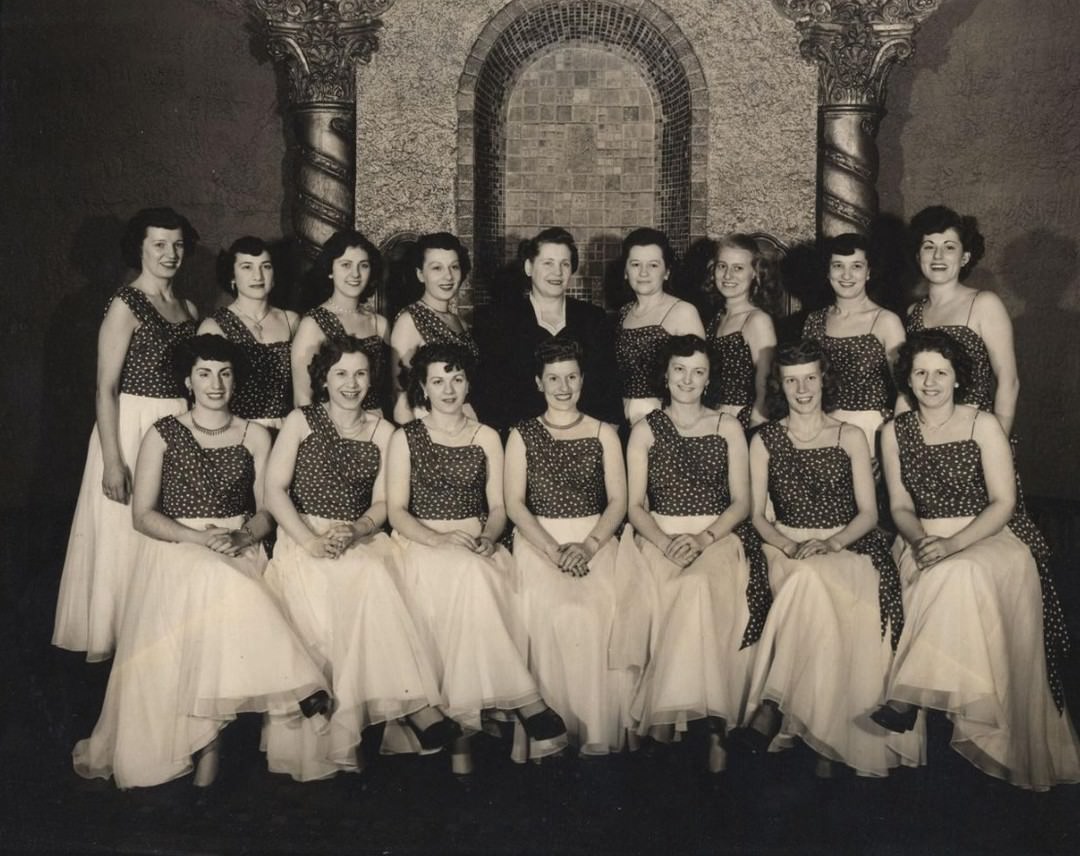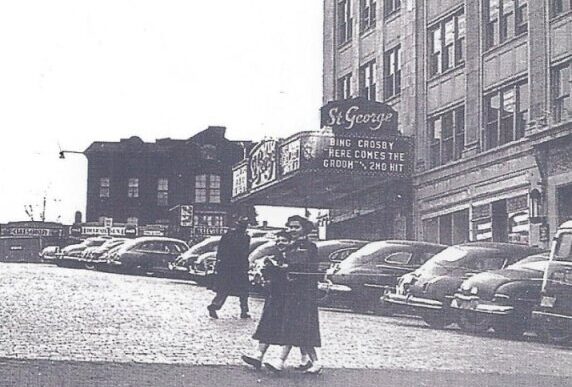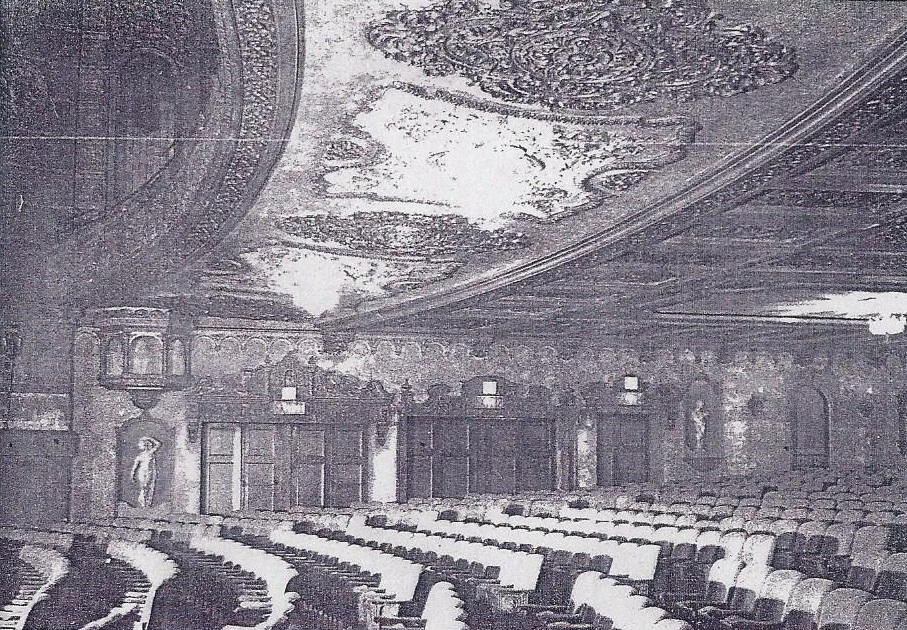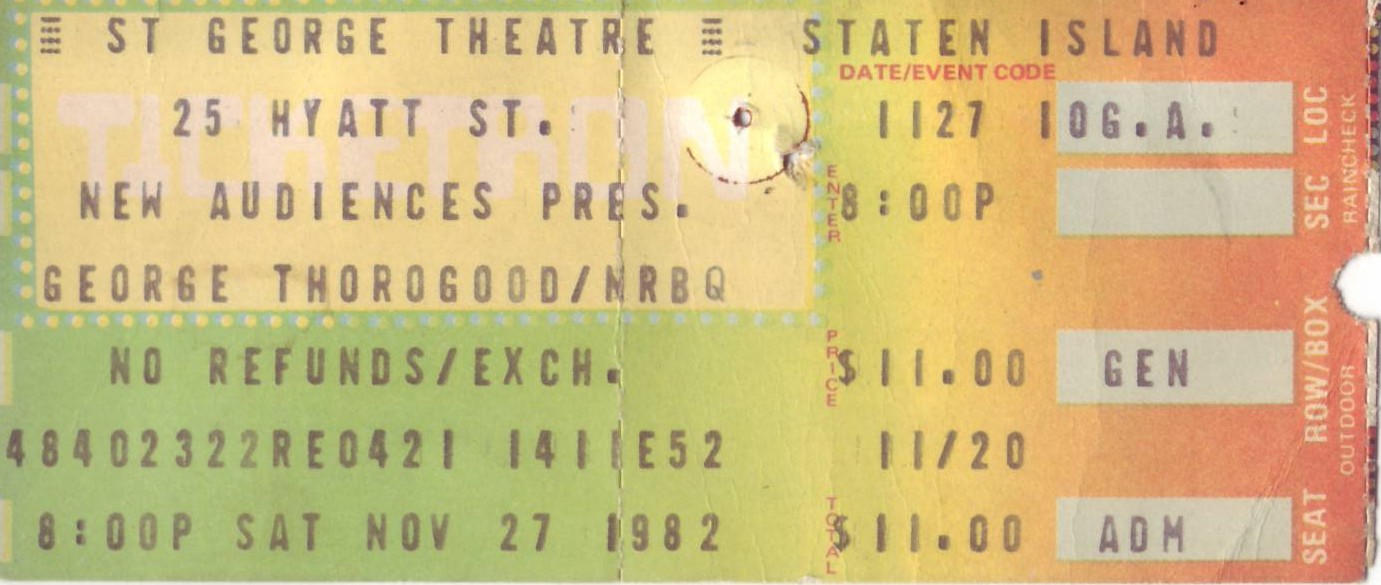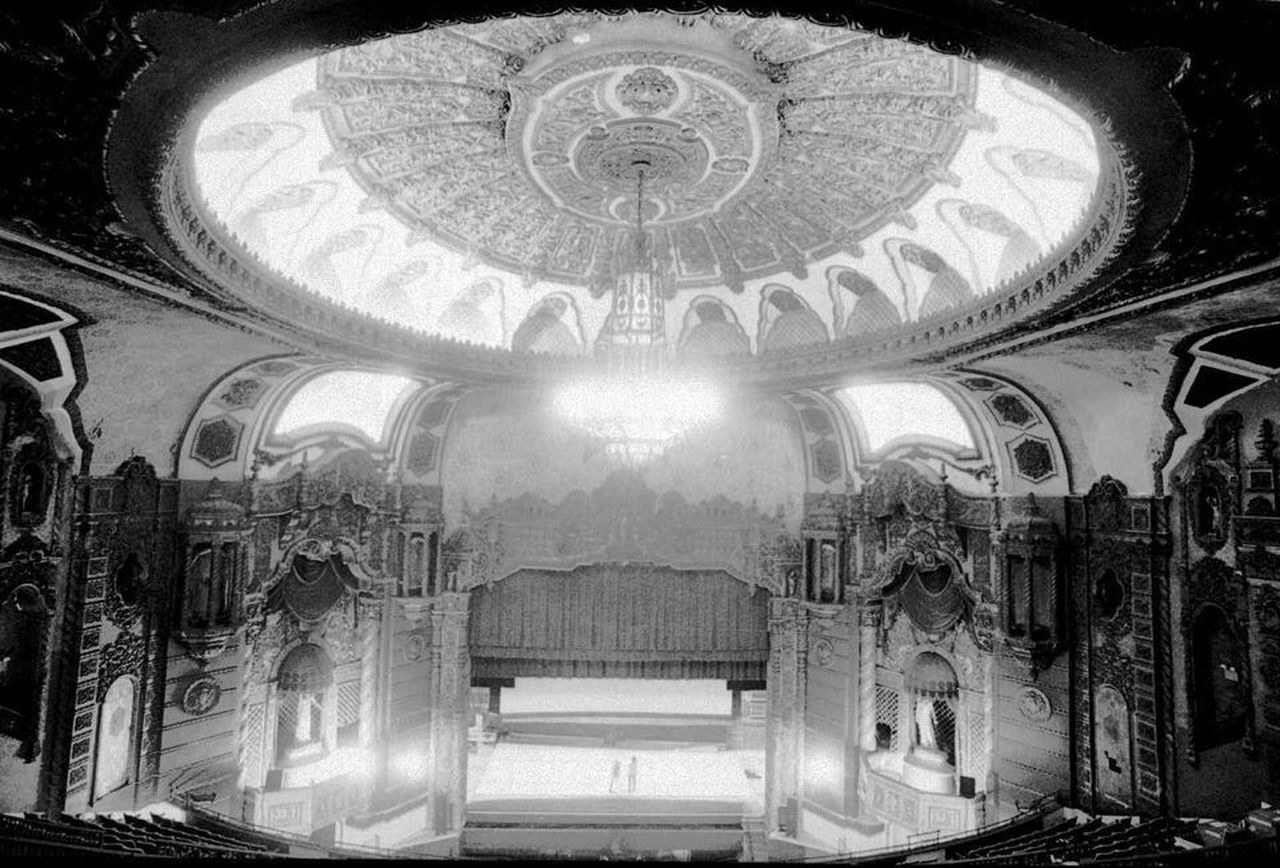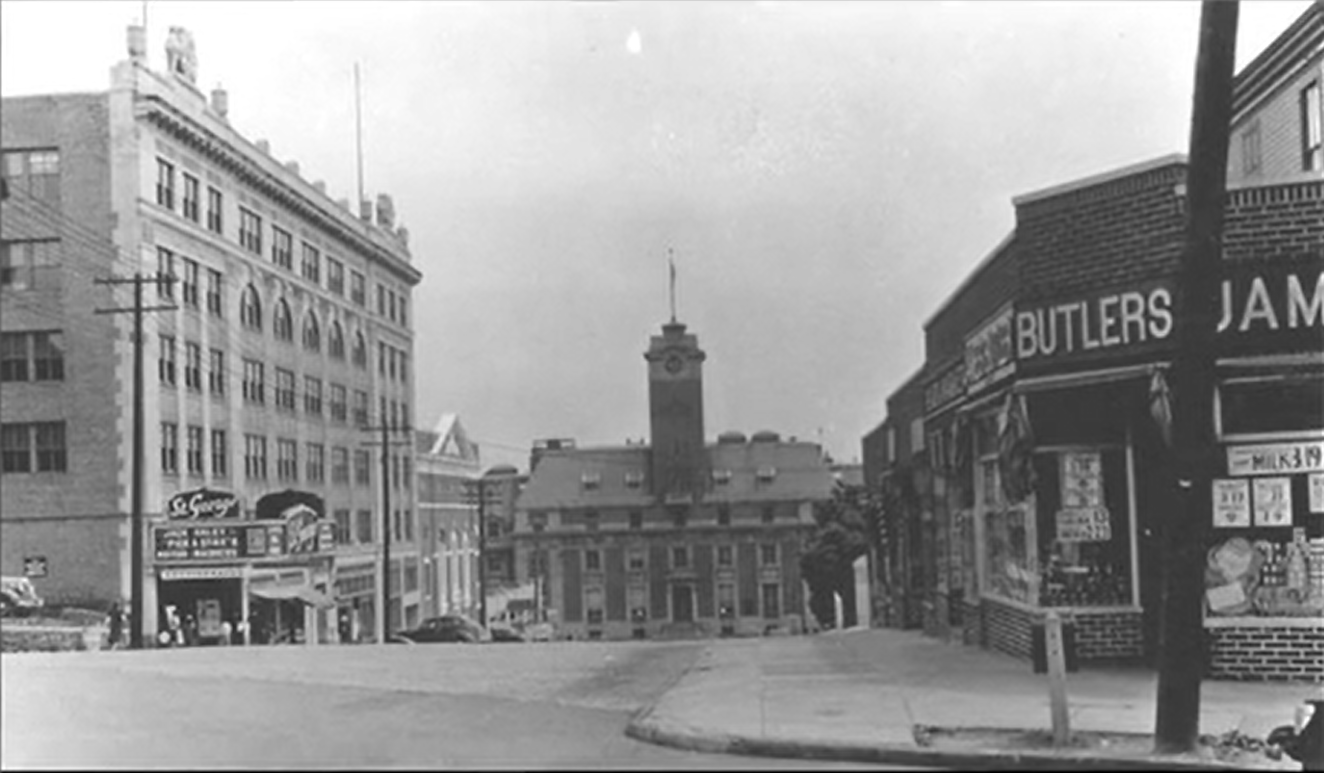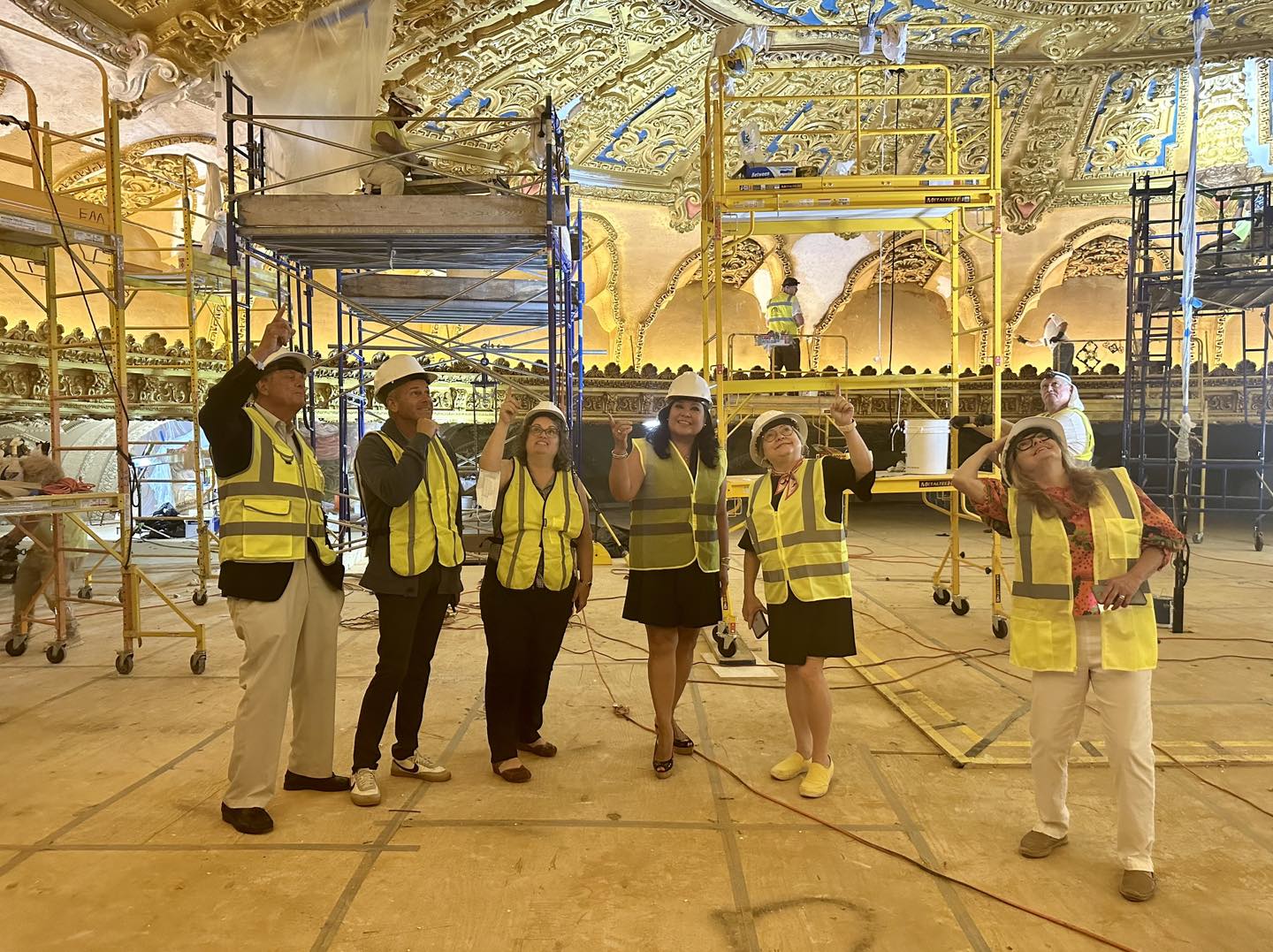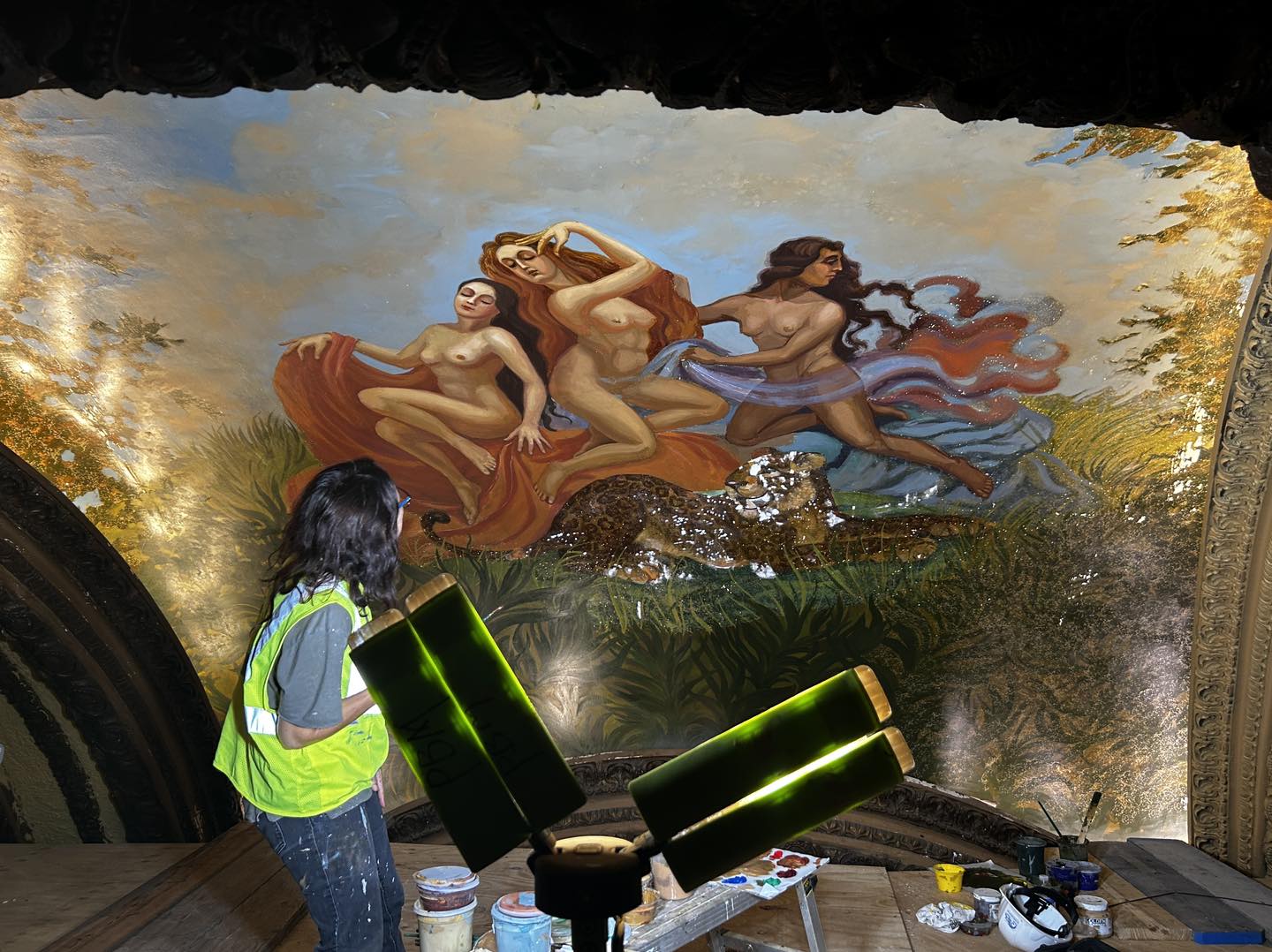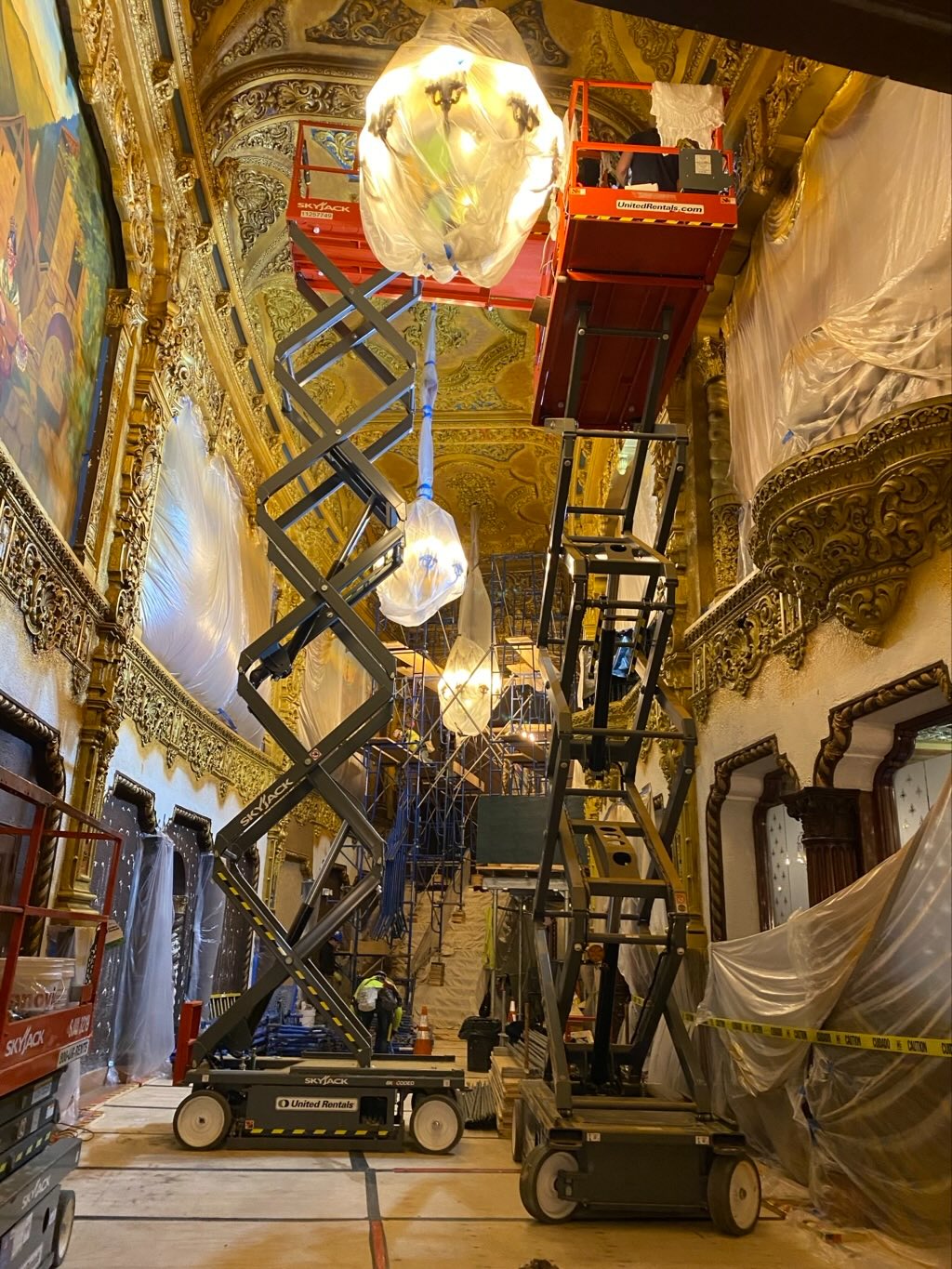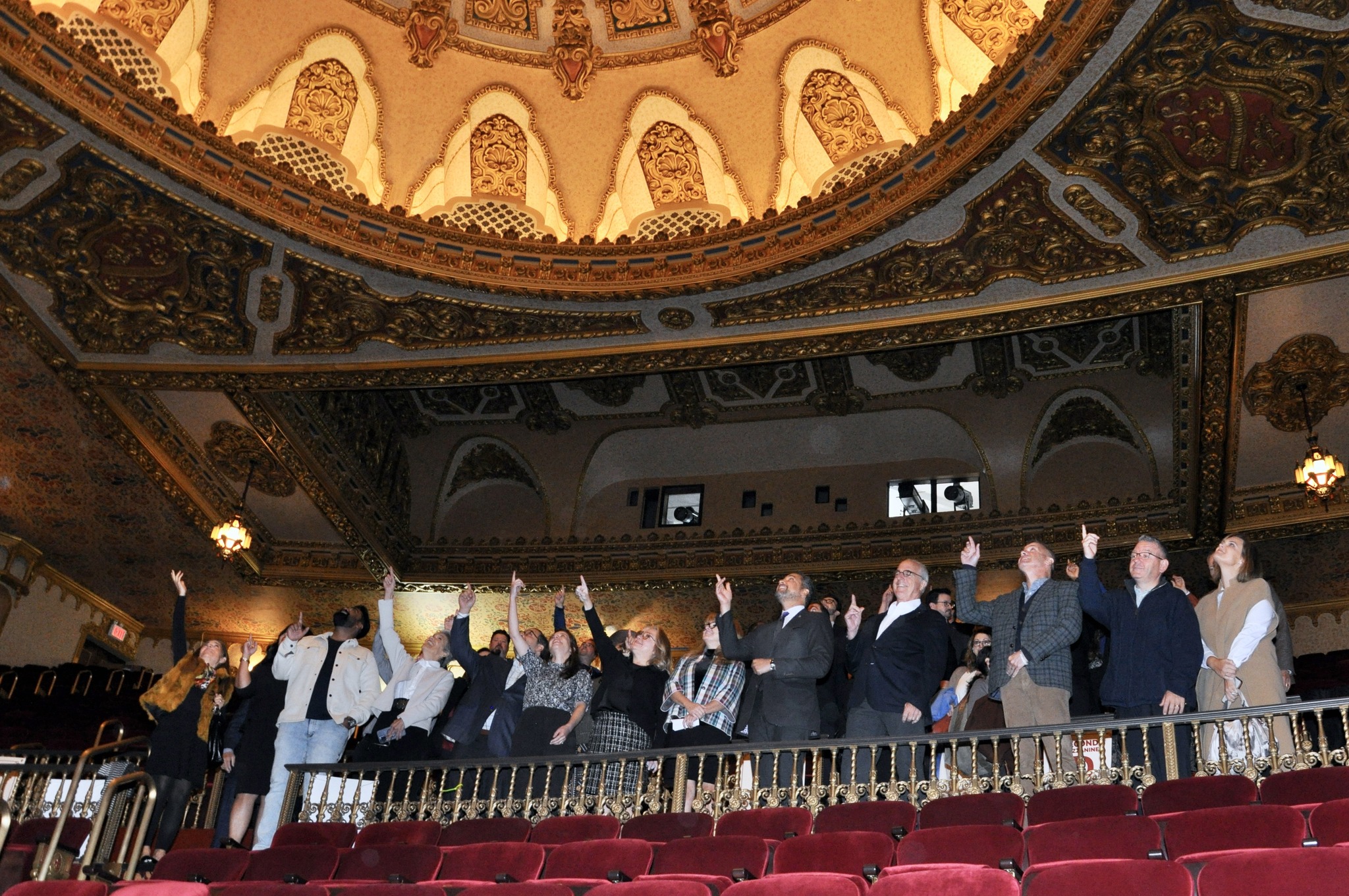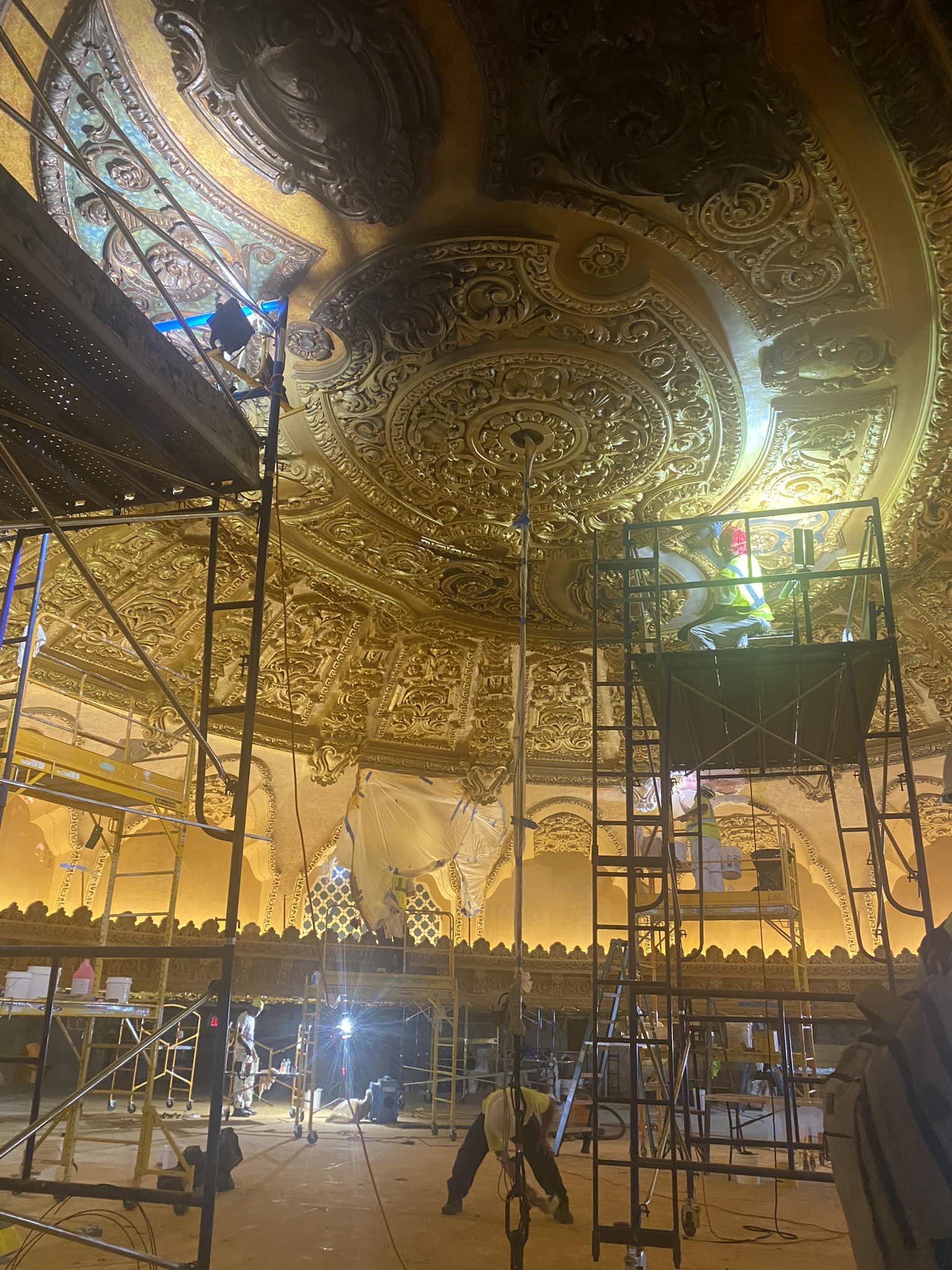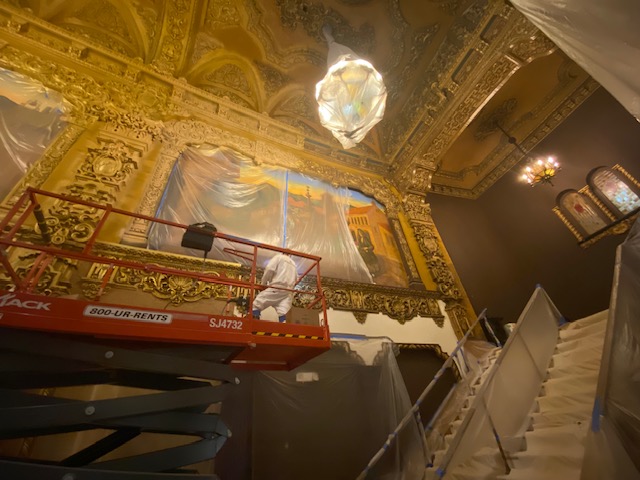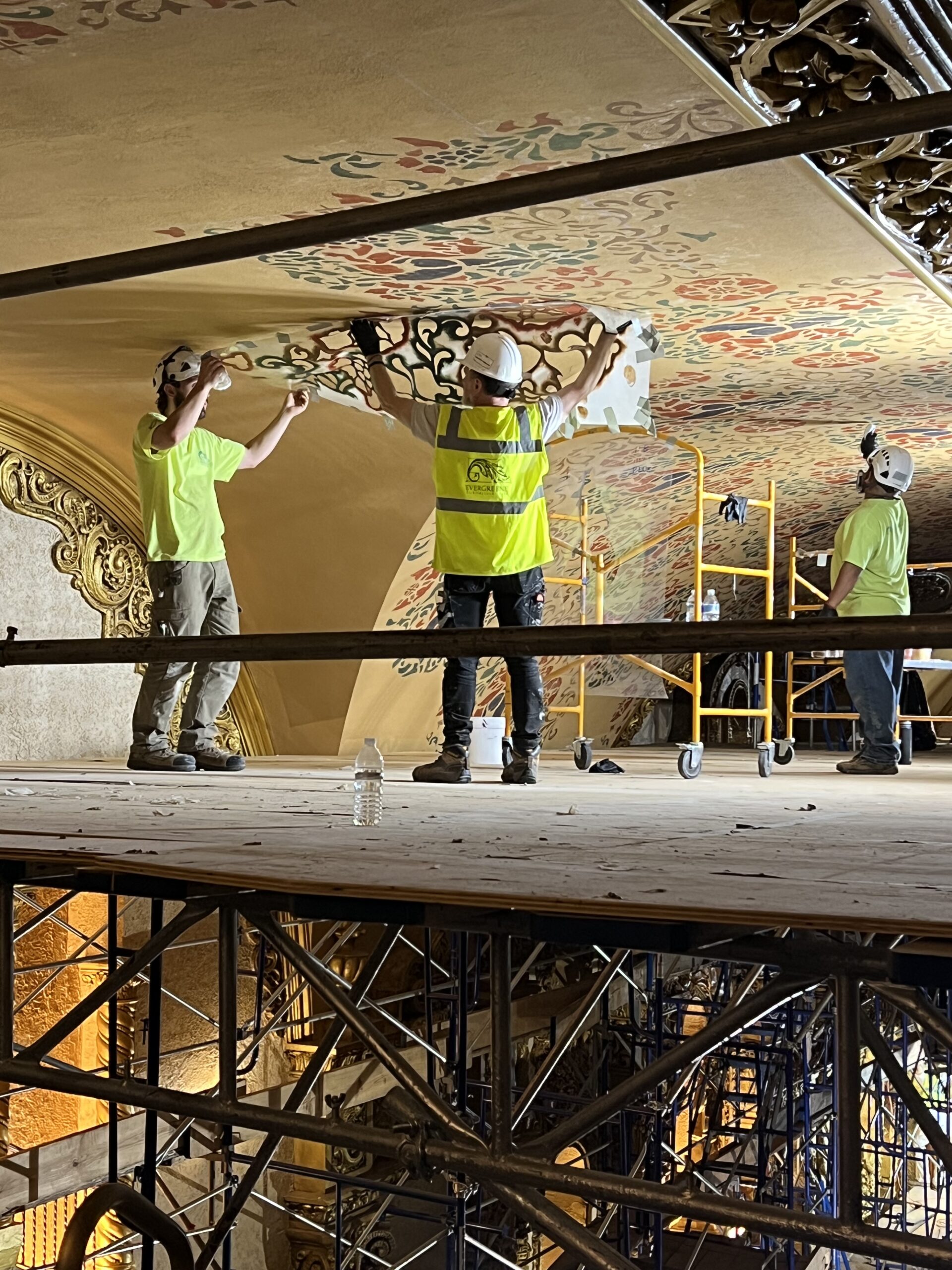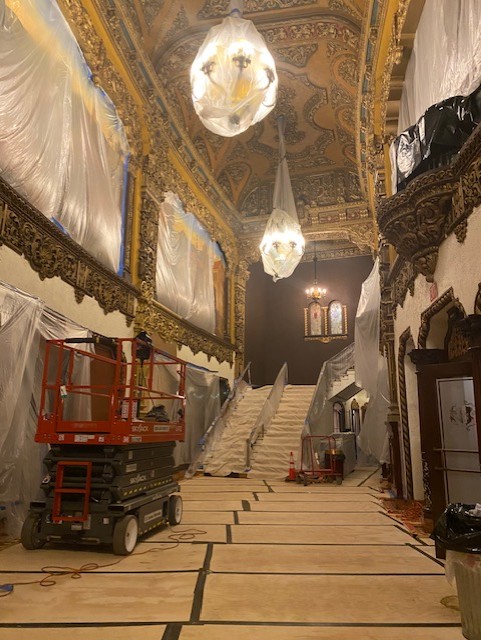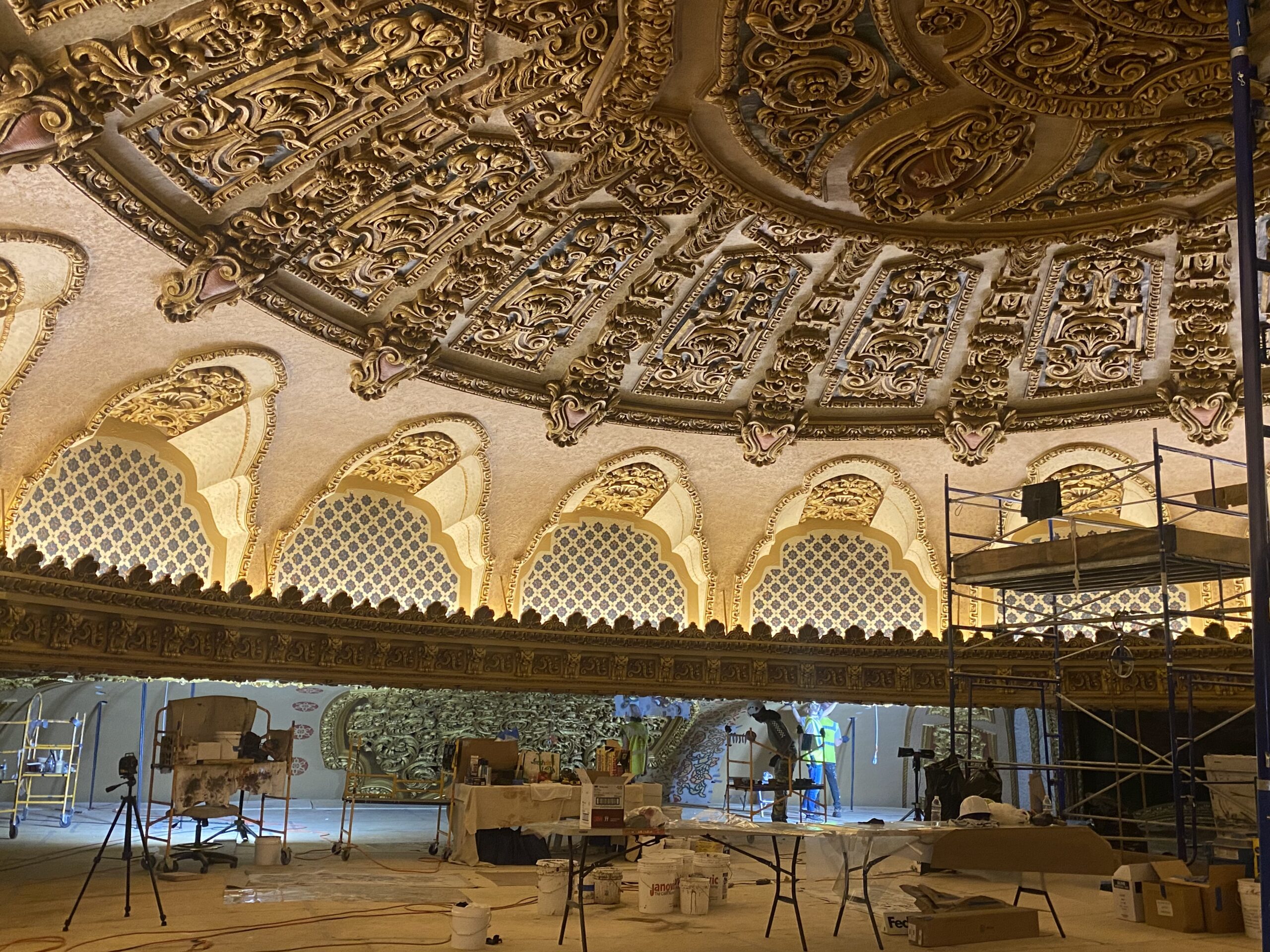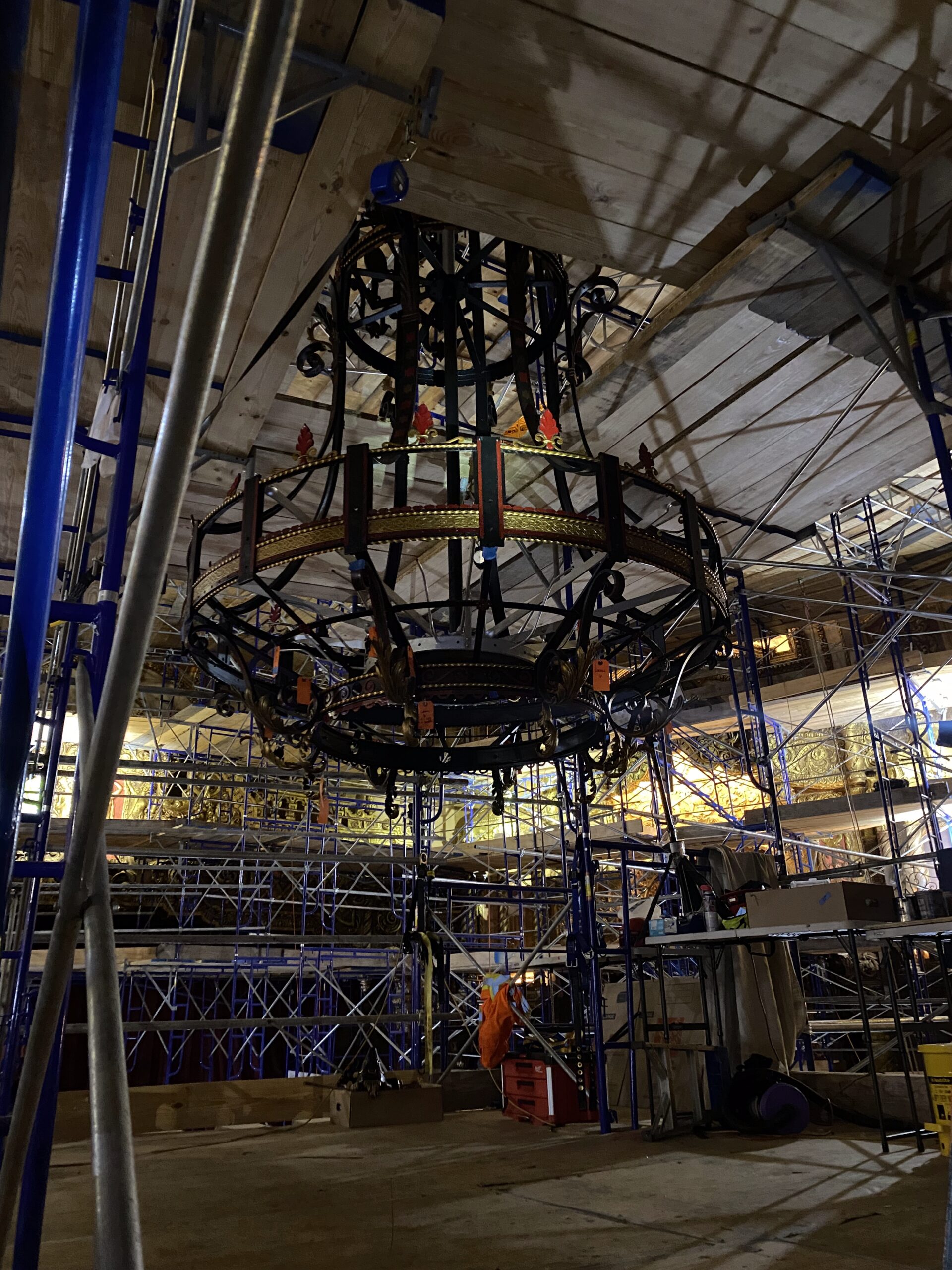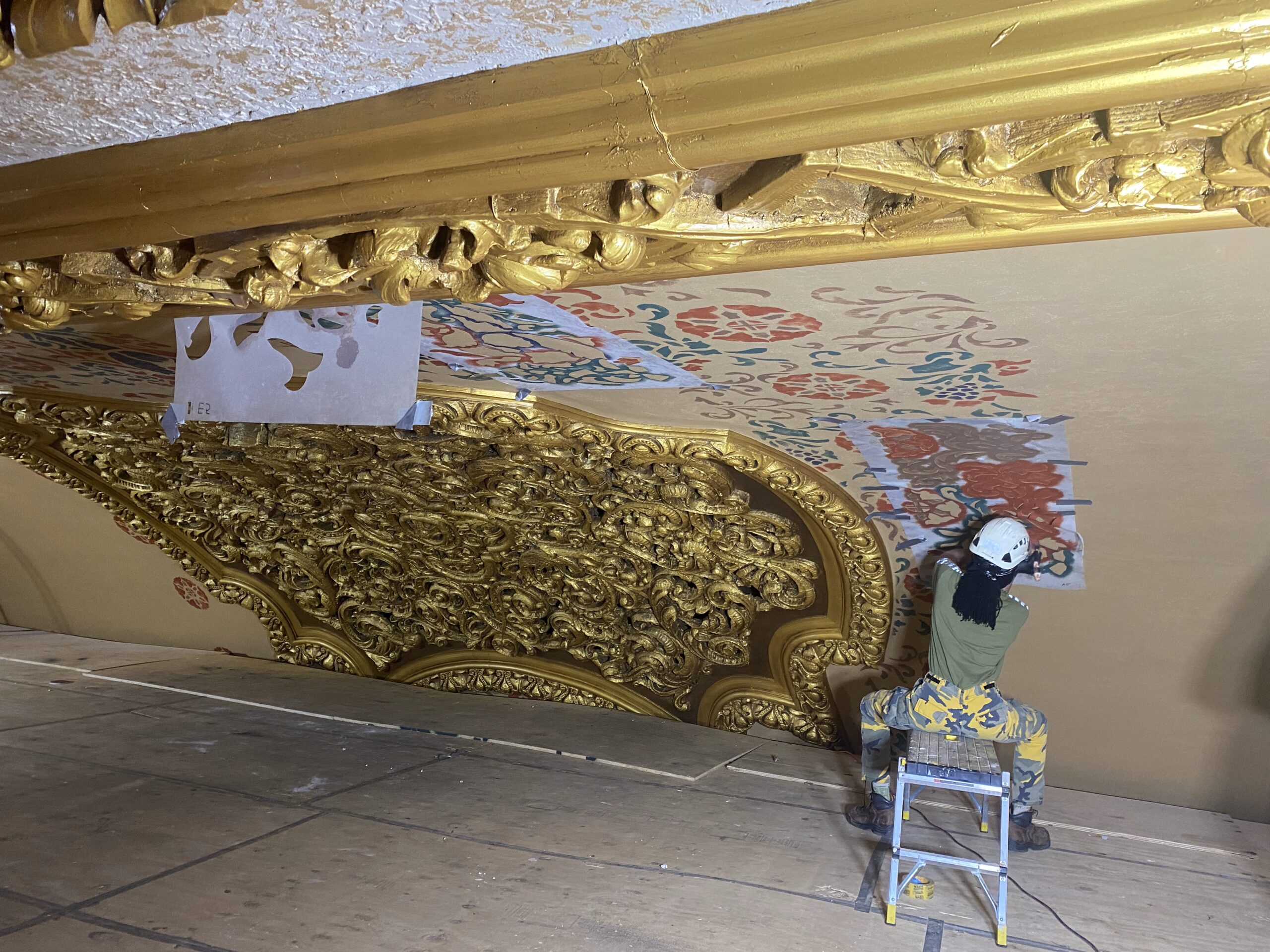A Cultural & Community Pillar
Since 2004, prioritizing exceptional programming, customer service, and community engagement has been a priority. As part of the organizations mission since inception, they established impactful outreach initiatives, including The Summer Dance, Theater, and Literacy Outreach Programs, the Night of Theater program, and Career Paths in The Arts for High School students, providing access to arts education for disadvantaged individuals at no cost. They mentor aspiring performing arts professionals throughout the year. Additionally, they partner with over 50 local non-profit organizations annually to enrich the quality of life in the borough.
Every December, a large-scale Christmas show is produced, attracting 10,000 patrons who enjoy a high-quality and affordable holiday show. The inception began with the late Mrs. Rosemary with her vision to give everyone access to the arts and raise funds for the non-profit theater. The show features 125 talented volunteer performers who are the fabric of the St. George Theatre family. Additionally, in December, an annual toy drive is hosted in partnership with the Minority Women in Business Association of SI to distribute thousands of toys annually to children in need since 2020.
The 1,900 performing arts center hosts over 150 performances and special events a year through their headline series, classic movie series, arts-in-education series, affordable family shows, sensory friendly shows, educational outreach workshops, and host many local community events including recitals and graduations. The theater boasts a swanky space, named the VG Lounge, to enhance the patrons experience and to host small intimate events thanks to the Vincent Gruppuso Foundation.
Renowned artists have graced the stage. Since the re-opening in 2024, unforgettable performances include: include Tony Bennett, Jerry Seinfeld, Liza Minnelli, Smokey Robinson, Diana Ross, Jason Mraz, k.d. lang, The B-52’s, Don McLean, Art Garfunkel, Joan Rivers, Kevin James, the Goo Goo Dolls, Wayne Newton, Chris Botti, Bobby Rydell, Darlene Love, Frankie Valli, Paul Anka, Yolanda Adams, Ringo Starr, Dion, Boyz II Men, Blondie, Tony Orlando, Cyndi Lauper, Rosie O’Donnell, Bret Michaels, Marc Cohn, Neil Sedaka, Evelyn Champaigne King, Donny Osmond, Lee Ann Womack, Adam Lambert, Taylor Hicks, Air Supply, Dionne Warwick, Patti LaBelle, Huey Lewis, Jay Leno, Kathleen McPhee, David Foster, New York City Opera, Ailey II, John Edwards, Theresa Caputo, Howie Mandel, Brad Garrett, John Mulaney, Pete Davidson, Tracey Morgan, Chris Rock, Colin Jost, Jackie Mason, Jonas Brothers, Blues Clues Live!, Cirque on Ice, Doobie Brothers, YES, George Thorogood, Chicago, Beach Boys, Kansas, America, Bachman Turner Overdrive, REO Speedwagon, Blippi, Sesame Street Live!, Blues Clues Live!, Baby Shark Live!, National Broadway tours including Peter Pan, Mame, Cats, to name a few!
The St. George Theatre, once a shell of a theater on the brink of demolition in 2003, has been transformed into one of the most beautiful architectural theaters in our country, providing universal access to the arts in our community.


